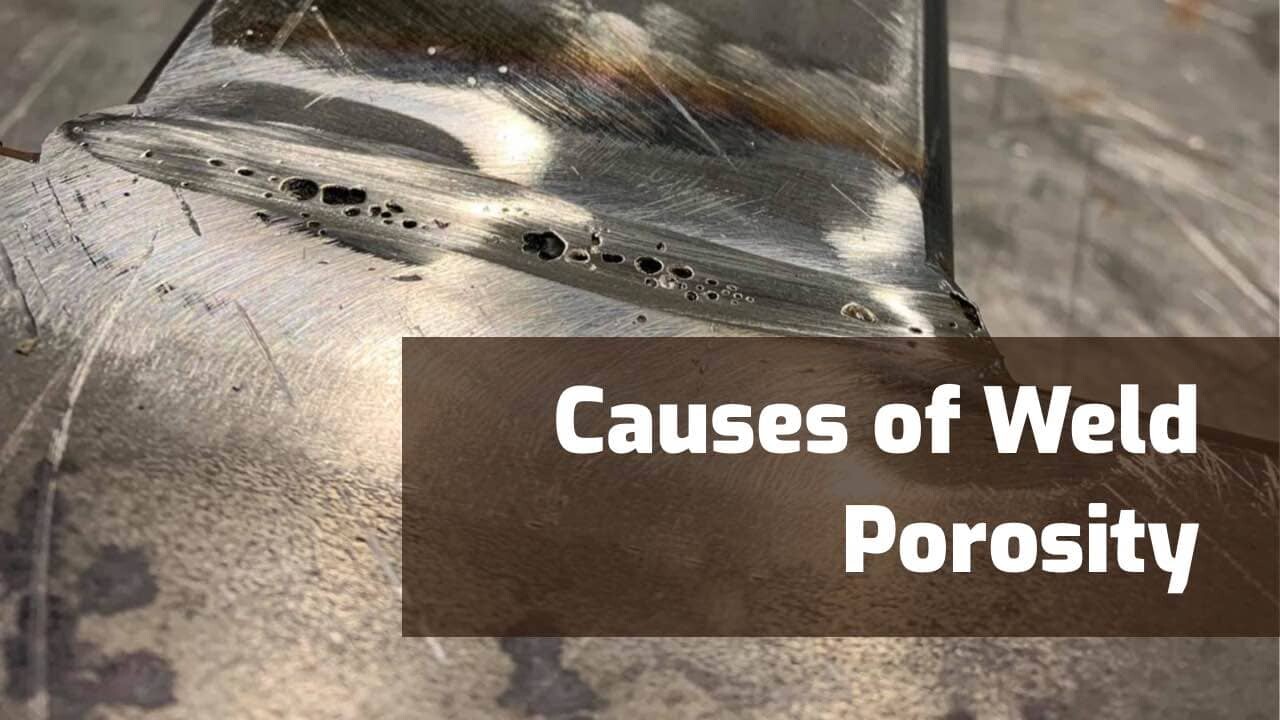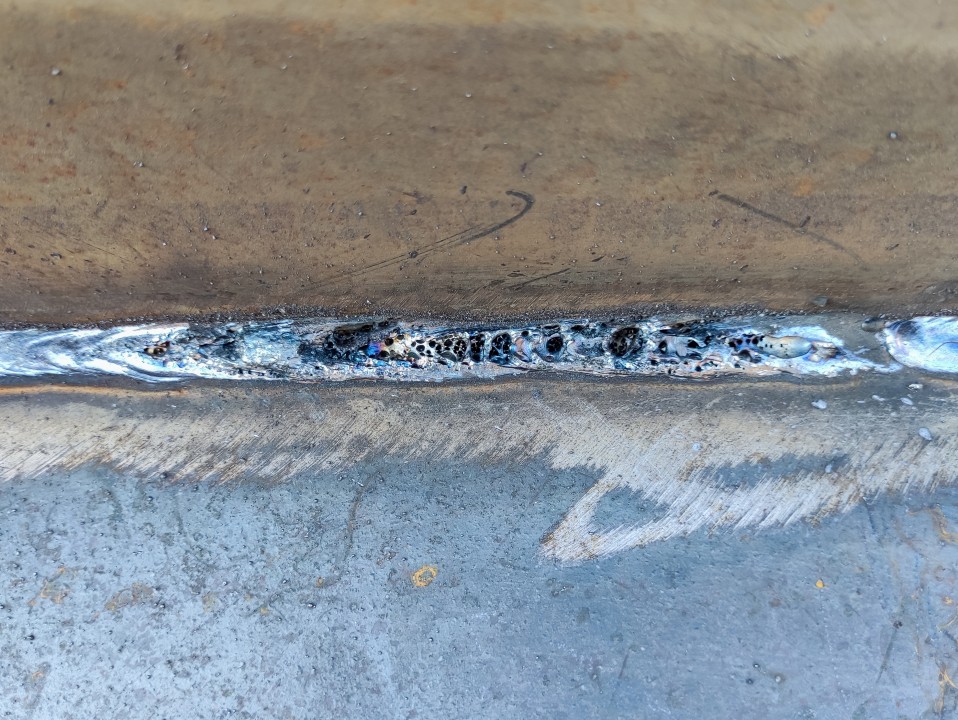Recognizing Porosity in Welding: Checking Out Reasons, Results, and Prevention Techniques
Porosity in welding is a persistent challenge that can dramatically affect the high quality and stability of welds. As experts in the welding market are cognizant, recognizing the reasons, impacts, and prevention methods associated with porosity is important for attaining durable and trusted welds. By delving into the source of porosity, examining its destructive effects on weld high quality, and discovering efficient avoidance strategies, welders can boost their expertise and abilities to generate high-quality welds consistently. The intricate interplay of factors adding to porosity calls for a comprehensive understanding and an aggressive method to make certain successful welding end results.
Usual Causes of Porosity
Contamination, in the type of dirt, grease, or rust on the welding surface area, develops gas pockets when heated, leading to porosity in the weld. Incorrect shielding takes place when the protecting gas, commonly used in processes like MIG and TIG welding, is unable to totally protect the liquified weld pool from responding with the bordering air, resulting in gas entrapment and succeeding porosity. In addition, poor gas coverage, commonly due to inaccurate flow rates or nozzle positioning, can leave parts of the weld unprotected, allowing porosity to form.
Results on Weld Quality
The existence of porosity in a weld can significantly compromise the total top quality and honesty of the welded joint. Porosity within a weld creates voids or tooth cavities that damage the framework, making it a lot more at risk to splitting, deterioration, and mechanical failure.
Furthermore, porosity can prevent the efficiency of non-destructive screening (NDT) strategies, making it challenging to spot other flaws or gaps within the weld. This can lead to considerable safety and security issues, especially in essential applications where the architectural honesty of the welded parts is extremely important.

Prevention Techniques Introduction
Offered the harmful influence of porosity on weld top quality, efficient prevention techniques are critical to maintaining the architectural integrity of bonded joints. In addition, choosing the appropriate welding parameters, such as voltage, existing, and take a trip rate, can aid lessen the danger of porosity development. By including these prevention strategies into welding methods, the event of porosity can be significantly minimized, leading to stronger and extra reputable welded joints.
Value of Correct Shielding
Proper protecting in welding plays an important duty in stopping climatic contamination and guaranteeing investigate this site the stability of welded joints. Protecting gases, such as argon, helium, or a mix of both, are commonly utilized to safeguard the weld pool from responding with components in the air like oxygen and nitrogen. When these responsive components enter into call with the hot weld pool, they can create porosity, leading to weak welds with minimized mechanical residential or commercial properties.

Insufficient shielding can lead to different problems like porosity, spatter, and oxidation, endangering the architectural honesty of the bonded joint. Sticking to proper shielding methods is important to generate high-grade welds with marginal issues and make sure the long life and dependability of the bonded components.
Tracking and Control Methods
How can welders effectively keep an eye on and manage the welding procedure to ensure optimal outcomes and protect against issues like porosity? One key approach is through the use of advanced tracking technologies. These can consist of real-time surveillance systems that supply feedback on criteria such as voltage, current, take a trip rate, and gas circulation rates. By continually keeping an eye on these variables, welders can identify variances from the perfect problems and make prompt modifications to stop porosity formation.

Additionally, applying correct training programs for welders is essential for keeping track of and managing the welding procedure successfully. What is Porosity. Enlightening welders on the relevance of maintaining consistent parameters, such as proper gas securing and take a trip rate, can aid protect against porosity concerns. Normal evaluations and qualifications can additionally make sure that welders are proficient in monitoring and managing welding processes
Additionally, making use of automated welding systems can improve surveillance and control capabilities. These systems can precisely manage welding criteria, minimizing the probability of human error and making sure constant weld quality. By incorporating innovative tracking technologies, training programs, and automated systems, welders can successfully keep track of and control the welding procedure to lessen porosity problems and achieve top quality welds.
Conclusion
